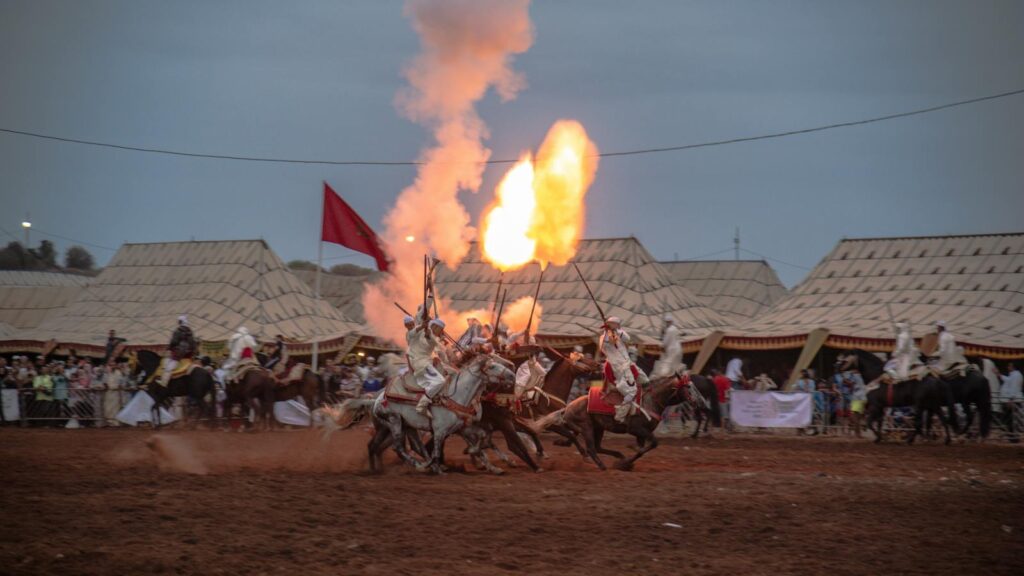
Horses are naturally flight animals with an instinctive fear of sudden, loud noises—an evolutionary trait that once protected them from predators in the wild. When fireworks explode or thunderstorms roll in, these sounds can trigger a horse’s fight-or-flight response, potentially leading to dangerous situations for both the animal and its handlers. However, with proper training, patience, and consistent desensitization techniques, most horses can learn to remain calm during startling auditory events. This comprehensive guide explores effective methods to help your equine companion develop resilience to fireworks, thunderstorms, and other anxiety-inducing sounds, ensuring both their safety and your peace of mind.
Understanding Your Horse’s Fear Response
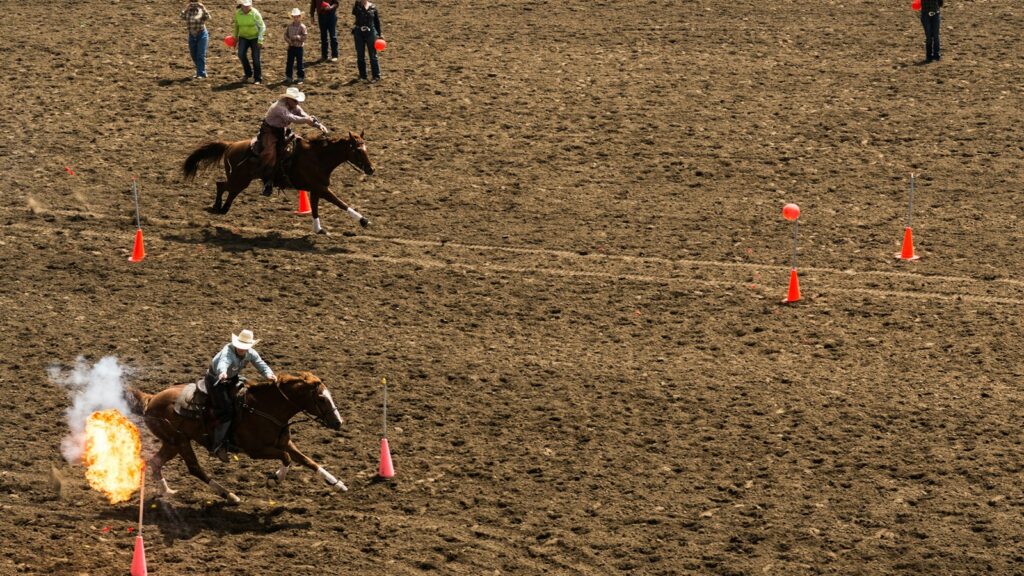
Before beginning any training program, it’s essential to understand how and why horses react to loud noises. A horse’s ears can rotate 180 degrees and are designed to detect even the slightest sounds, making them particularly sensitive to loud, unexpected noises. When startled, horses typically exhibit behaviors such as freezing in place, bolting, rearing, or attempting to flee—all natural survival mechanisms. These reactions stem from the horse’s limbic system, which processes emotional responses and triggers the release of stress hormones like cortisol and adrenaline. Recognizing these biological responses helps owners approach training with empathy rather than frustration. Remember that your horse isn’t being “difficult”—their brain is literally telling them their life is in danger, and your job is to help rewire this response through careful conditioning.
Creating a Safe Training Environment
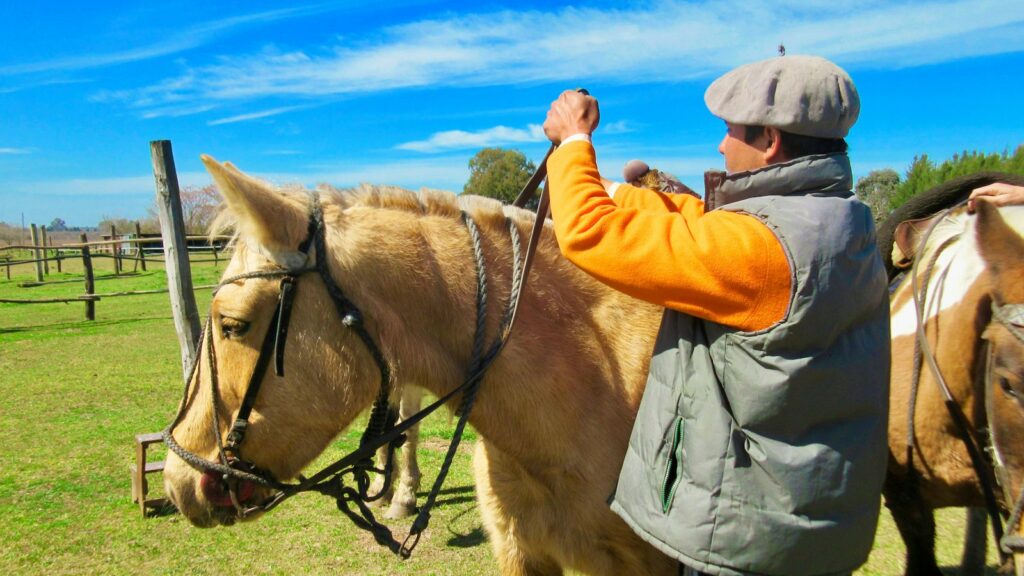
Successful desensitization begins with establishing a secure physical space where your horse feels fundamentally safe. Choose a familiar environment like your horse’s regular paddock or an enclosed arena where the animal already exhibits comfortable behavior patterns. Ensure all fencing is secure and that there are no sharp objects or hazards that could cause injury if your horse becomes startled during training sessions. Have escape routes planned for yourself in case the horse reacts unexpectedly, and never tie your horse during noise desensitization exercises. A horse that feels trapped while experiencing fear may panic further and potentially injure itself trying to break free. Consider having an experienced horse handler present during initial training sessions for added safety and support.
Starting with Basic Groundwork

Building a foundation of trust and respect through consistent groundwork creates the necessary framework for more advanced desensitization training. Spend time working on basic commands such as yielding to pressure, backing up, moving forward, and stopping on cue—all exercises that establish you as a trustworthy leader. Practice these maneuvers until your horse responds promptly and calmly, even when mildly distracted. This foundational work helps your horse develop the habit of looking to you for guidance rather than reacting independently to environmental stimuli. Daily handling sessions that include grooming, leading, and simple training exercises help strengthen your bond and create a horse that naturally seeks reassurance from you when uncertain. When your horse consistently demonstrates confidence in your leadership during routine activities, they’ll be better equipped to trust your guidance during more stressful situations.
The Importance of Gradual Desensitization
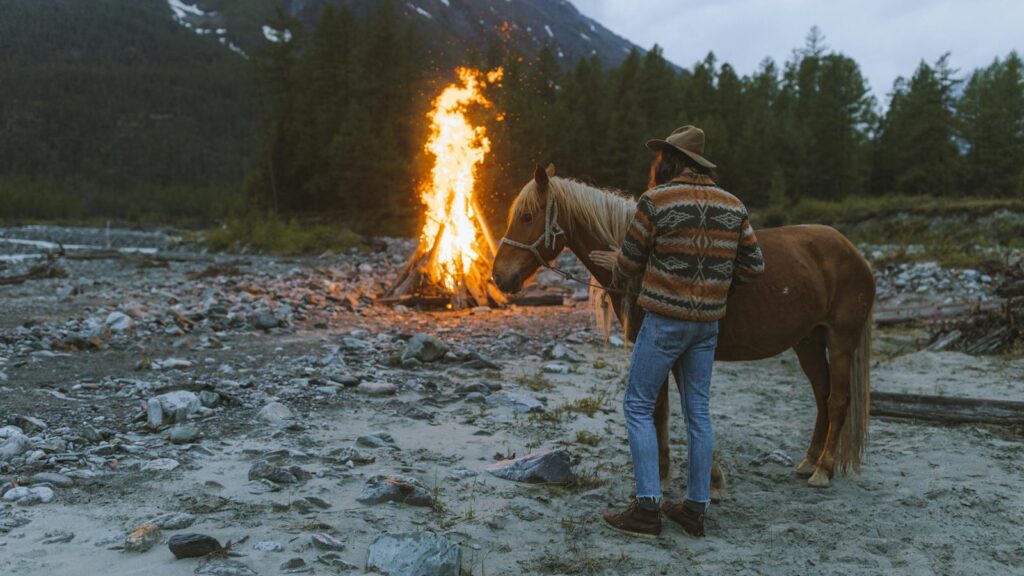
Successful noise training relies on the principle of gradual exposure—introducing frightening stimuli in small, controlled doses that don’t trigger panic. This approach allows your horse to build positive associations with previously frightening sounds over time. Begin with recordings of fireworks or thunderstorms played at such a low volume that your horse barely notices them, rewarding calm behavior with treats, praise, or release of pressure. Gradually increase the volume over multiple sessions, always staying below the threshold that causes fear reactions. This process may take weeks or even months depending on your horse’s temperament and past experiences. Rushing the desensitization process by exposing your horse to overwhelming stimulus levels can create deeper fear associations and setbacks in your training progress. Remember that patience during this phase creates lasting resilience rather than temporary compliance.
Using Audio Recordings Effectively

Modern technology offers excellent tools for systematic desensitization through the use of audio recordings. Begin by collecting high-quality recordings of various loud noises—fireworks, thunderstorms, gunshots, or whatever specific sounds tend to frighten your horse. Many specialized audio tracks designed specifically for equine desensitization are available online or through equine behavioral specialists. Start by playing these recordings at barely audible levels while your horse engages in pleasant activities like eating or being groomed. Use portable Bluetooth speakers positioned at a distance from your horse, gradually bringing them closer as tolerance increases. Create a training schedule that includes daily short sessions rather than infrequent lengthy ones, as consistency is key to neural repatterning. Keep detailed records of volume levels and your horse’s reactions to help track progress and identify any particular sounds that require extra conditioning work.
Pairing Noise with Positive Experiences

Creating positive associations with frightening stimuli is a cornerstone of effective desensitization training. During noise exposure sessions, offer your horse special treats that are reserved exclusively for these training moments. High-value rewards like carrots, apples, or commercial horse treats can help your horse begin to associate the previously frightening sounds with pleasant outcomes. Some trainers successfully implement clicker training techniques, where the click marks the desired calm behavior and is followed by an immediate reward. For food-motivated horses, consider using a slow-feeder hay net during audio sessions to create a natural state of relaxation through the act of grazing. Movement can also be beneficial—walking your horse in hand during mild noise exposure combines the calming effect of rhythmic movement with your reassuring presence, creating multiple pathways for positive association.
Reading Your Horse’s Body Language
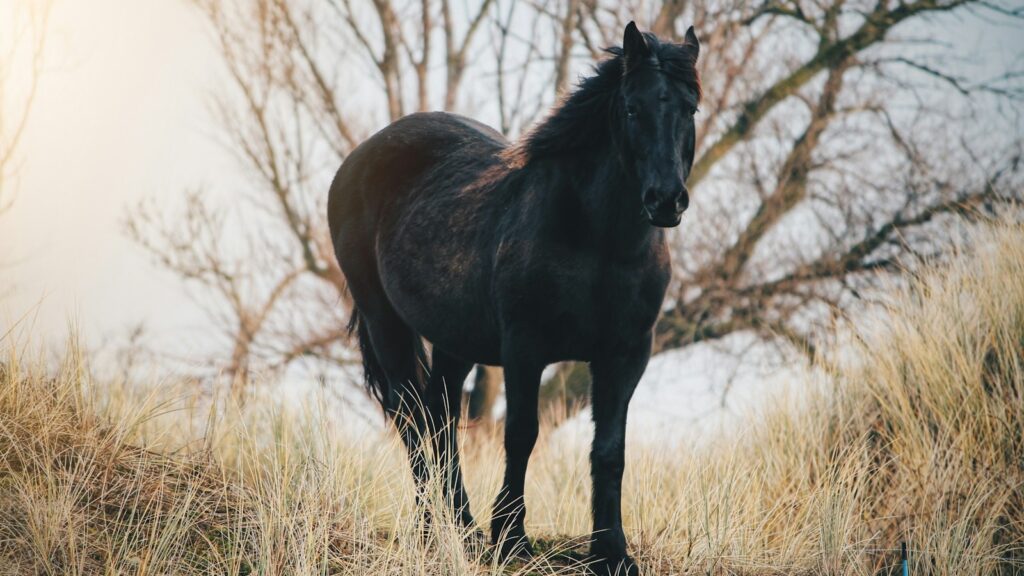
Developing proficiency in interpreting equine body language allows you to tailor training sessions to your horse’s individual tolerance threshold. Learn to recognize early signs of anxiety such as elevated head position, tense muscles, flared nostrils, or rapid blinking before they escalate to more obvious behaviors like pawing, sweating, or attempting to flee. These subtle indicators serve as valuable feedback about whether your current training intensity is appropriate or needs adjustment. When you notice mild stress signals, avoid the common mistake of immediately ending the session, which inadvertently rewards the anxious behavior. Instead, reduce the stimulus intensity slightly while continuing the exercise, then end on a positive note once calmness returns. This careful observation and response pattern teaches your horse that maintaining composure, rather than showing anxiety, leads to relief and rewards.
Implementing Pressure and Release Techniques
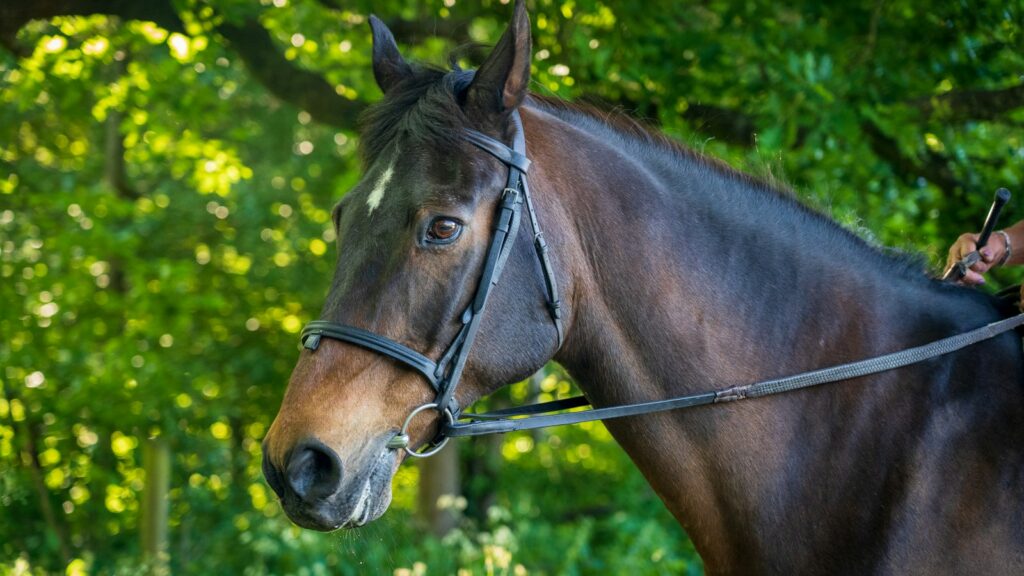
The time-tested horse training principle of pressure and release can be effectively applied to noise desensitization. This technique involves applying a mild pressure (in this case, exposure to a noise) and immediately releasing that pressure when the horse shows a desired response, such as relaxation or reduced reactivity. For example, when introducing a new sound, play it briefly and then stop the noise the moment your horse remains calm or returns to calmness after an initial reaction. This precise timing helps your horse understand that maintaining composure makes the uncomfortable stimulus go away. With repeated applications, your horse learns that controlling their own reaction influences their environment positively. This approach empowers horses by giving them agency in the training process and accelerates learning by creating clear cause-and-effect relationships between behavior and outcomes.
Using Props and Objects for Supplemental Desensitization
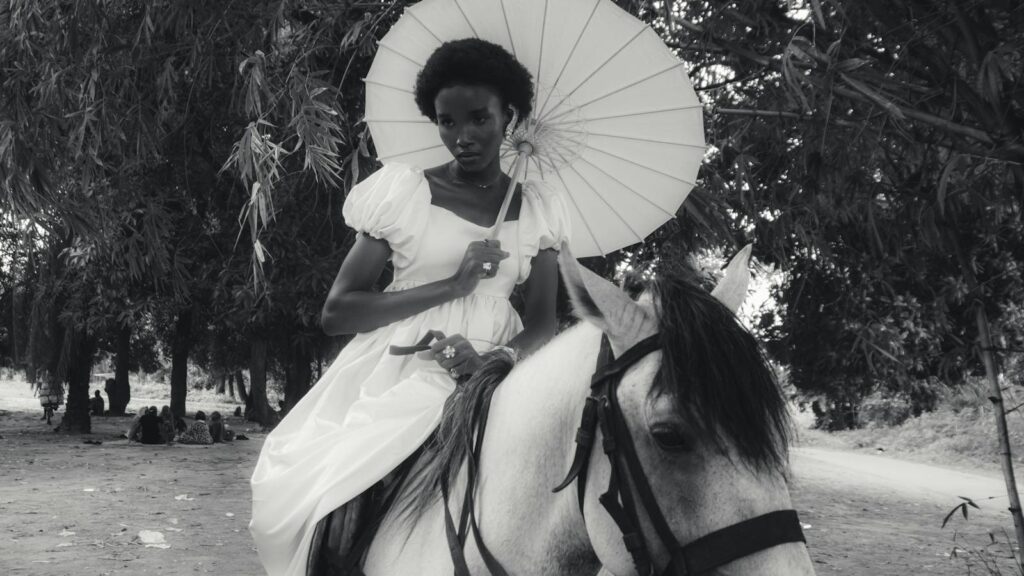
Expanding your horse’s general tolerance for startling stimuli through object desensitization complements specific noise training. Introduce objects like tarps, umbrellas, flapping bags, and flags that create visual stimulation as well as rustling or flapping sounds. Begin by allowing your horse to investigate these items from a distance, gradually bringing them closer and eventually touching the horse with them once tolerance is established. Incorporate movement by dragging items behind you, waving them overhead, or rolling balls near your horse while maintaining a calm, matter-of-fact demeanor. This broader desensitization work builds your horse’s overall confidence and creates transferable coping skills that apply to various startling situations. Many horses that become comfortable with a variety of novel objects demonstrate improved resilience when confronted with unexpected sounds, as they’ve developed general adaptability rather than specific sound tolerance alone.
Group Training Benefits and Considerations
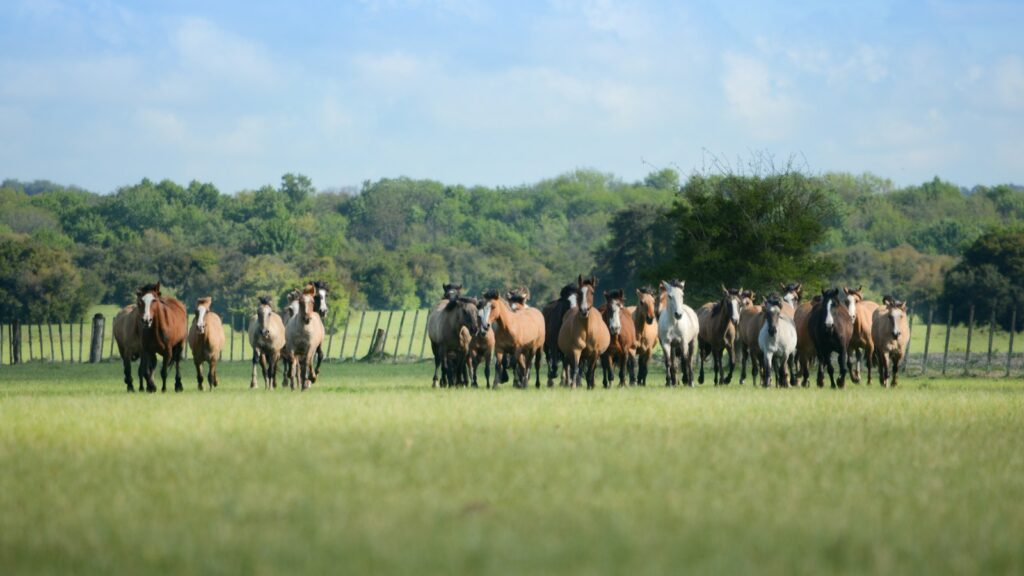
Herd dynamics can be leveraged advantageously in noise desensitization training when done thoughtfully. Horses are highly social animals that take behavioral cues from their companions, particularly from confident, higher-ranking herd members. If you have access to a seasoned, bombproof horse that remains calm during loud noises, conduct training sessions with this steady influence nearby to provide a calming model for your more reactive horse. However, exercise caution when using group settings, as anxiety can also be contagious among horses. Start with just one calm companion rather than a large group that might amplify nervous energy. Position the confident horse slightly ahead of your trainee during walks with noise exposure, allowing your horse to follow the calm example. This social facilitation of learning creates a natural support system that many horses respond to more readily than working alone with a human handler.
Preparing for Actual Fireworks Events
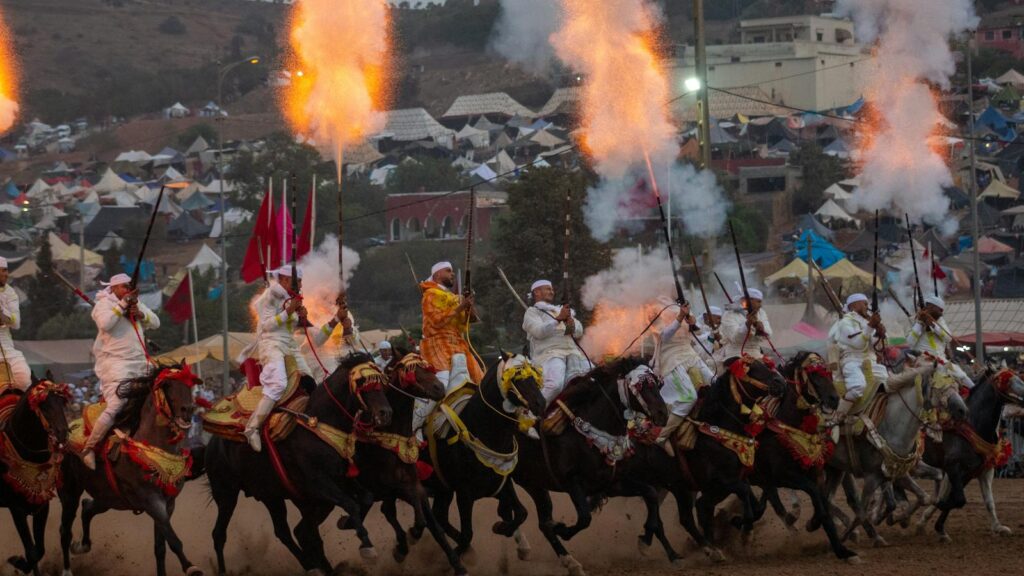
When real fireworks displays or thunderstorms are anticipated, proper preparation can significantly reduce your horse’s stress. If possible, bring your horse into a familiar, secure stall or small paddock well before the noise events begin. Maintain your normal feeding and exercise schedule to provide reassuring routine, and ensure your horse has been adequately exercised earlier in the day to reduce excess energy. Consider playing calm music in the barn to provide some audio masking of the external noises—studies have shown that classical music or specially designed equine relaxation tracks can have calming effects on nervous horses. For horses that have shown progress but aren’t fully desensitized, consider staying with them during the event, providing a reassuring presence and offering occasional treats when they demonstrate calm behavior. Your matter-of-fact, unworried demeanor communicates to your horse that the situation doesn’t warrant concern.
Considering Supplemental Calming Aids

For particularly sensitive horses or during the initial stages of training, temporary calming aids may help manage extreme reactions while behavioral modification progresses. Consult with your veterinarian about appropriate options which might include herbal supplements containing ingredients like valerian, chamomile, or magnesium that have mild calming properties. Some horses respond well to pressure therapy products like specially designed wraps or shirts that apply gentle, consistent pressure to anxiety points on the horse’s body. Pheromone products that mimic the natural calming chemicals produced by horses are available as sprays or diffusers and may help create a more relaxed state during training sessions. Remember that these aids should be viewed as temporary supports to facilitate training rather than permanent solutions, with the ultimate goal being a horse that can self-regulate without external assistance.
When to Seek Professional Help
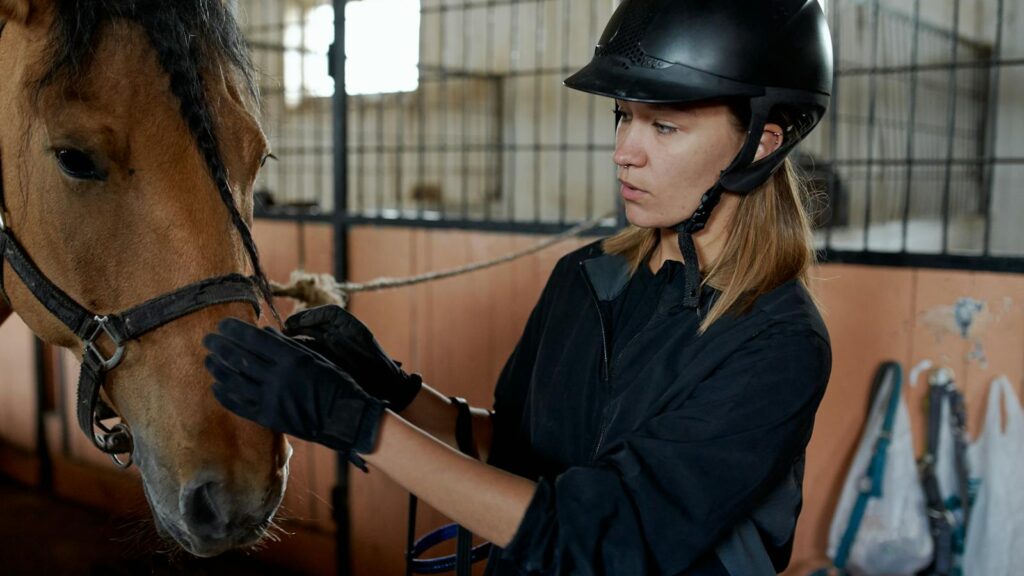
While many horses respond well to owner-implemented desensitization programs, some cases require professional intervention. Consider consulting an equine behaviorist if your horse shows extreme reactions that endanger themselves or handlers, or if minimal progress occurs despite consistent training efforts over several months. Horses with traumatic histories related to loud noises may have deeply ingrained fear responses that benefit from specialized behavioral modification techniques. Additionally, horses displaying symptoms like excessive sweating, trembling, diarrhea, or refusing to eat during noise events may be experiencing severe anxiety that warrants veterinary attention. Professional trainers can often identify subtle aspects of your approach that might be inadvertently reinforcing fear behaviors and provide customized strategies based on your specific horse’s temperament and history. The investment in professional guidance often accelerates progress and prevents the frustration of repeated setbacks.
Maintaining and Reinforcing Training Progress
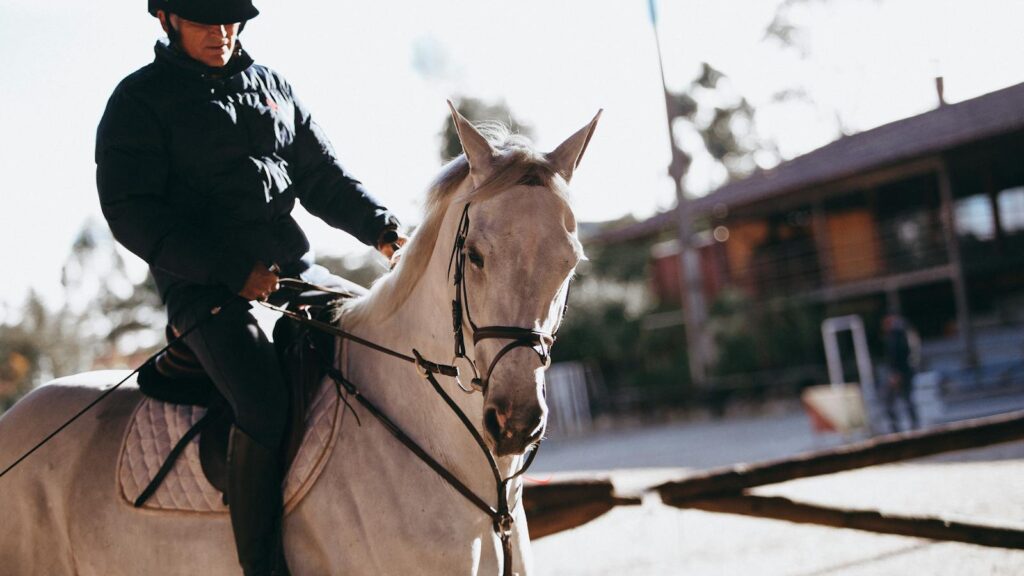
Successfully desensitized horses require ongoing reinforcement to maintain their noise tolerance, particularly if they aren’t regularly exposed to loud environments. Schedule maintenance sessions throughout the year, not just in the weeks preceding anticipated fireworks events like Independence Day or New Year’s Eve. Brief weekly exposure to your audio recordings at moderate volumes helps preserve neural pathways established during intensive training. After achieving good tolerance, deliberately seek controlled exposure to varied real-world noises such as construction equipment, motorcycles, or loudspeaker announcements at competitions to broaden your horse’s adaptability. Consider keeping a training journal documenting your horse’s reactions to different sounds over time, noting any regression that might require focused attention. Remember that maintaining a desensitized horse is similar to maintaining physical fitness—regular “workouts” for the nervous system prevent the return of reactive behaviors and keep your horse mentally prepared for unexpected situations.
conclusion
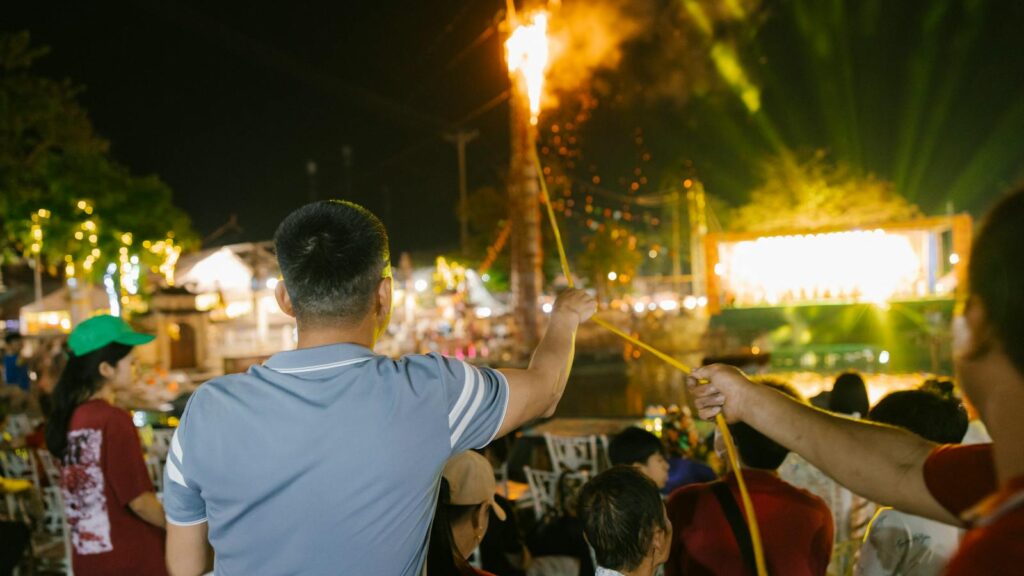
Training a horse to handle fireworks and loud noises represents an investment in both safety and quality of life for you and your equine companion. Through patient, systematic desensitization, most horses can develop remarkable resilience to sounds that once triggered panic. The key lies in respecting the horse’s natural instincts while providing consistent opportunities to learn new responses in a supportive environment. As your horse develops confidence with previously frightening stimuli, you’ll not only enjoy more peaceful holiday celebrations but also discover a deeper trust relationship that transfers to other challenging situations. Remember that this journey is as much about developing your skills as a compassionate trainer as it is about changing your horse’s behavior—the resulting partnership built on mutual trust and clear communication becomes the true reward of your efforts.






